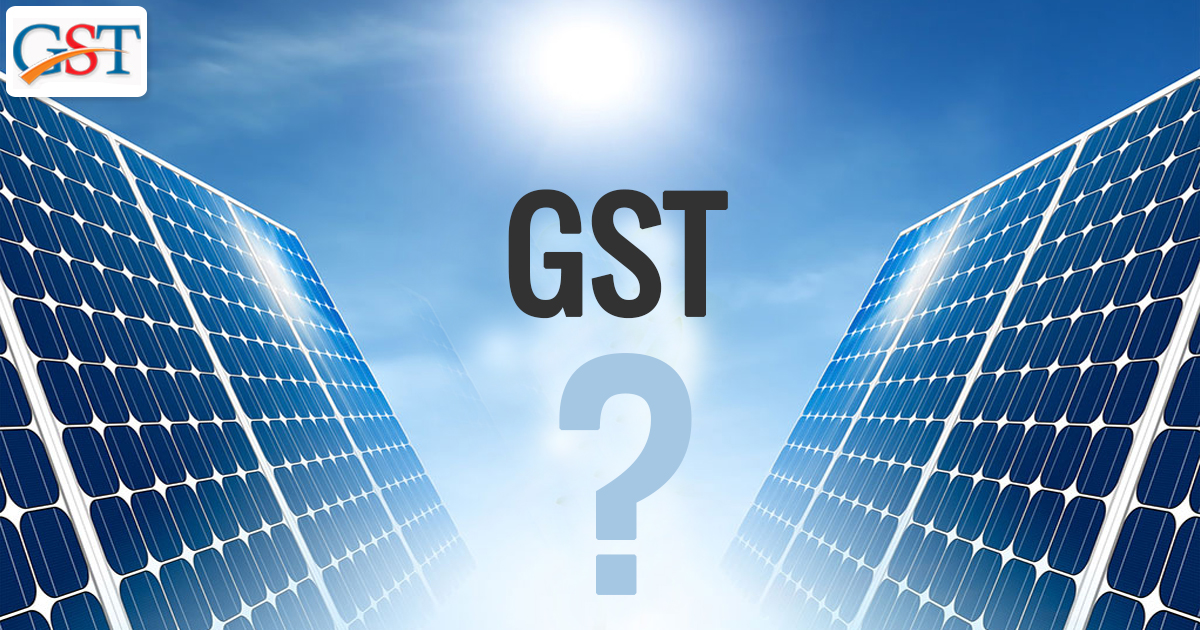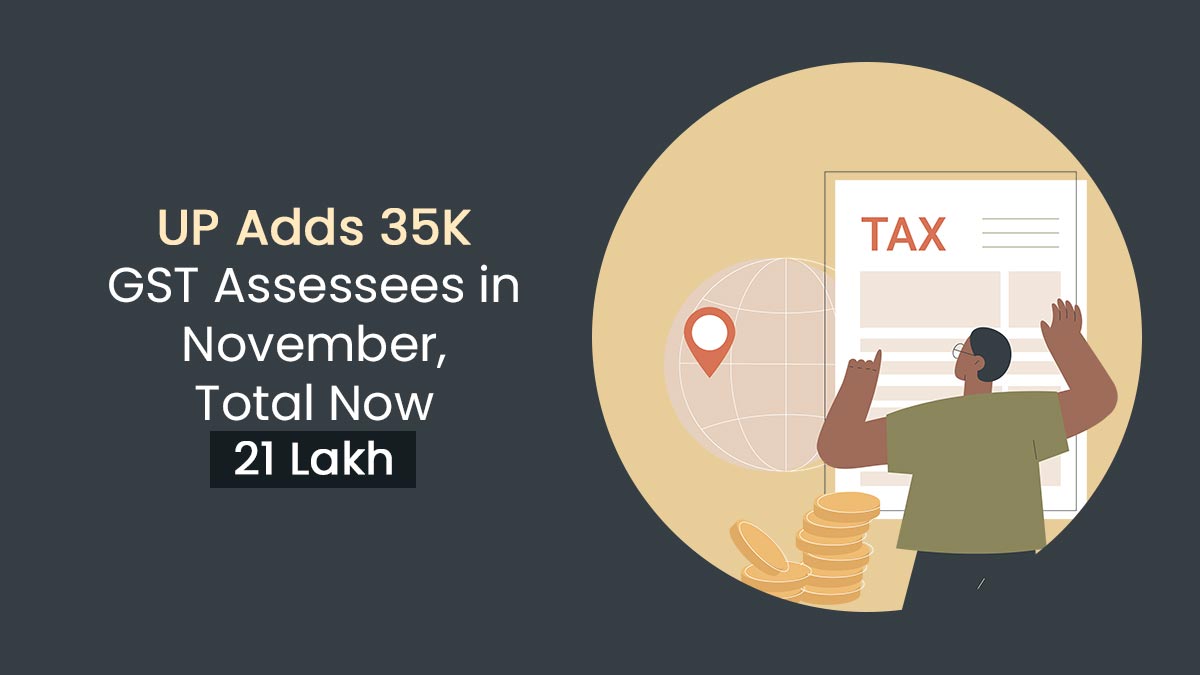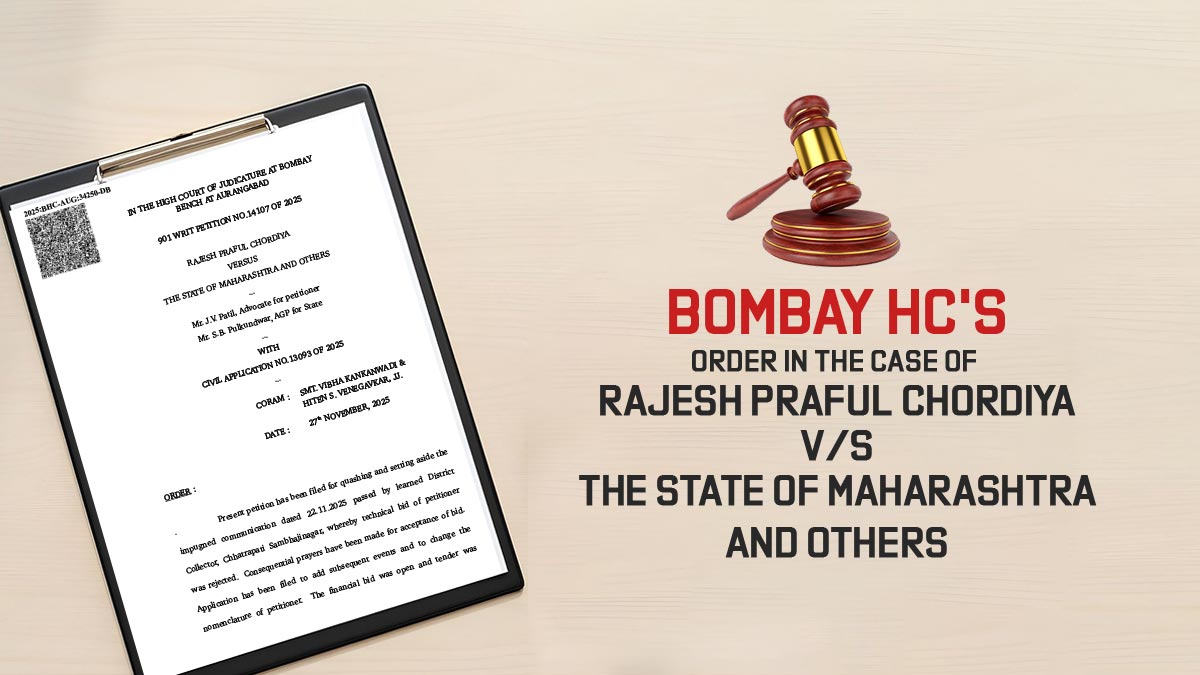The solar sector is troubled with the implementation of the new indirect regime as tax rates of solar products are not clear. However, suppliers yet not started passing benefits to the consumers that they acquiring from input tax credits- which is connected to high taxation rates and higher prices for customers.
Sanjeev Aggarwal, MD and CEO of Amplus Energy Solutions stated to The Hindu, “There is no clarity when it comes to the GST rates,” By adding that, “While the government is saying that there is a 5% rate on solar components, the truth is that the weighted average rate comes at about 10%. Some items are taxed at 18%, and some at the lower 5%. Others, like inverters, are even taxed at 28%.”
Mr Aggarwal also said that “Suppliers have also not yet started passing on the benefits of the input tax credits to us, so we are not getting the advantage of that either.”
5% tax rates on solar components have announced by the GST Council which has enhanced the selling price of the solar products in the new regime. It has also created in accuracy over the other inputs- which are used for projects other than in the solar sector and enhancing confusion for solar developers
Founder and CEO at MYSUN, Gagan Vermani, said, “The module, which is almost half of the cost of the solar system…, earlier there was no tax on it,” By adding that, “Now, it has come to 5%. Ultimately, it will increase the cost of the modules by 5%. And, we have to pass this on to the customers. Our cost of procurement has gone up, so the selling price will also go up.”
“There is also a little confusion on solar right now because the detailed Gazette talks about structures, inverters, wires, and other components without specifying whether they are for solar or not,” Mr. Vermani added that, “But there is a separate line item that says for solar utilities, the rate is 5%. So, there is confusion about whether an inverter, if it is being used for solar, comes under 5% or the normal rate of 28%.”
Read Also: GST Slab Rates in India 2017 Finalized by the GST Council
Mr Aggarwal said, “Because GST is an end-user tax, the government cannot even discriminate between users by saying that, say, an inverter used for solar purposes will be taxed this much, but for other purposes at a higher rate.” He further added that “This will be very difficult to implement and will also lead to misuse. How will one prove for what purpose it is being used for?” This is true for other components also.
Director, business development of Rays Power Infra, Sanjay Garudapally, “Everyday we are sitting with our tax consultants and trying to figure out the eventual impact on our projects.” By adding that, “We are getting different answers. Some are saying 10%, others are saying other rates. Nothing has been clarified so far since GST has rolled out, but we expect something to be done in about three weeks to a month.”










